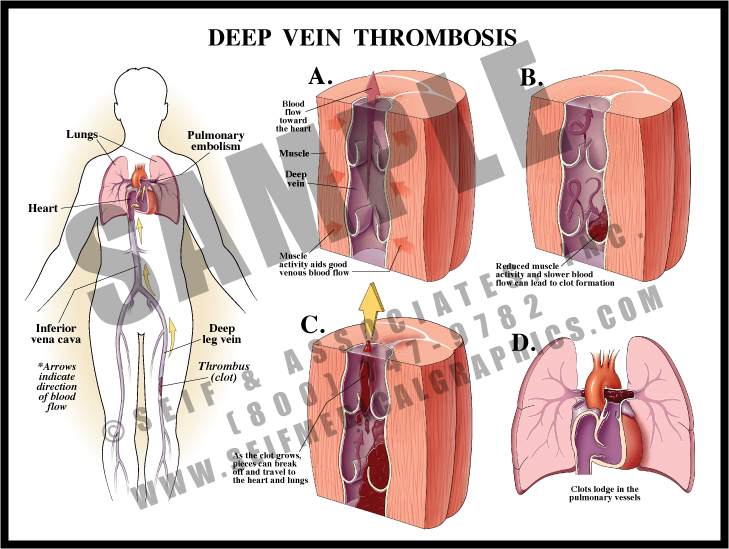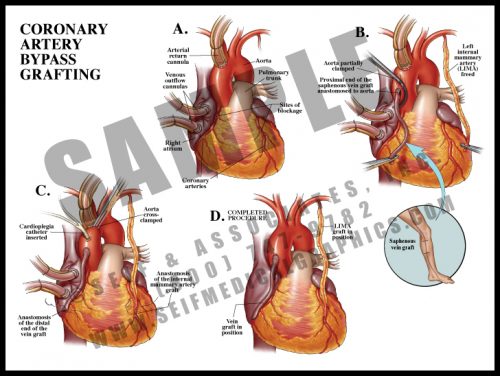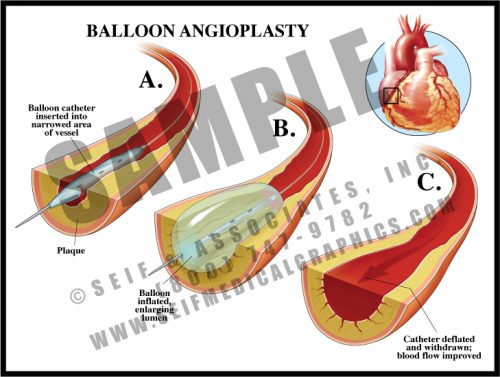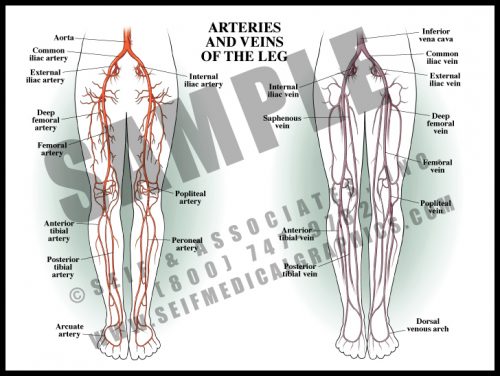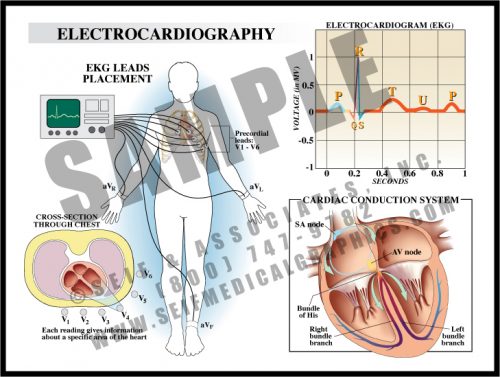Deep Vein Thrombosis
$395.00 – $425.00
(Depending on size)
- These potentially lethal blood clots usually form in the deep veins of the leg or in the pelvis. Those in the legs are usually painful, whereas those in the pelvis may be asymptomatic.
- The clots usually form in the valves of the larger veins, propagating upward toward the heart.
- Clots of any size can break off and travel with the blood flow through the inferior vena cava to the right side of the heart and to the lungs; the pulmonary vasculature acts like a sieve and clots get caught in the vessels as the vessels get smaller, causing loss of blood flow in those areas. These clots are known as pulmonary emboli if they reach the lungs.
- Conditions associated with DVT and PE include a history of leg trauma, cancer, surgery, venous stasis from illness, lack of exercise, clotting defects and others.
